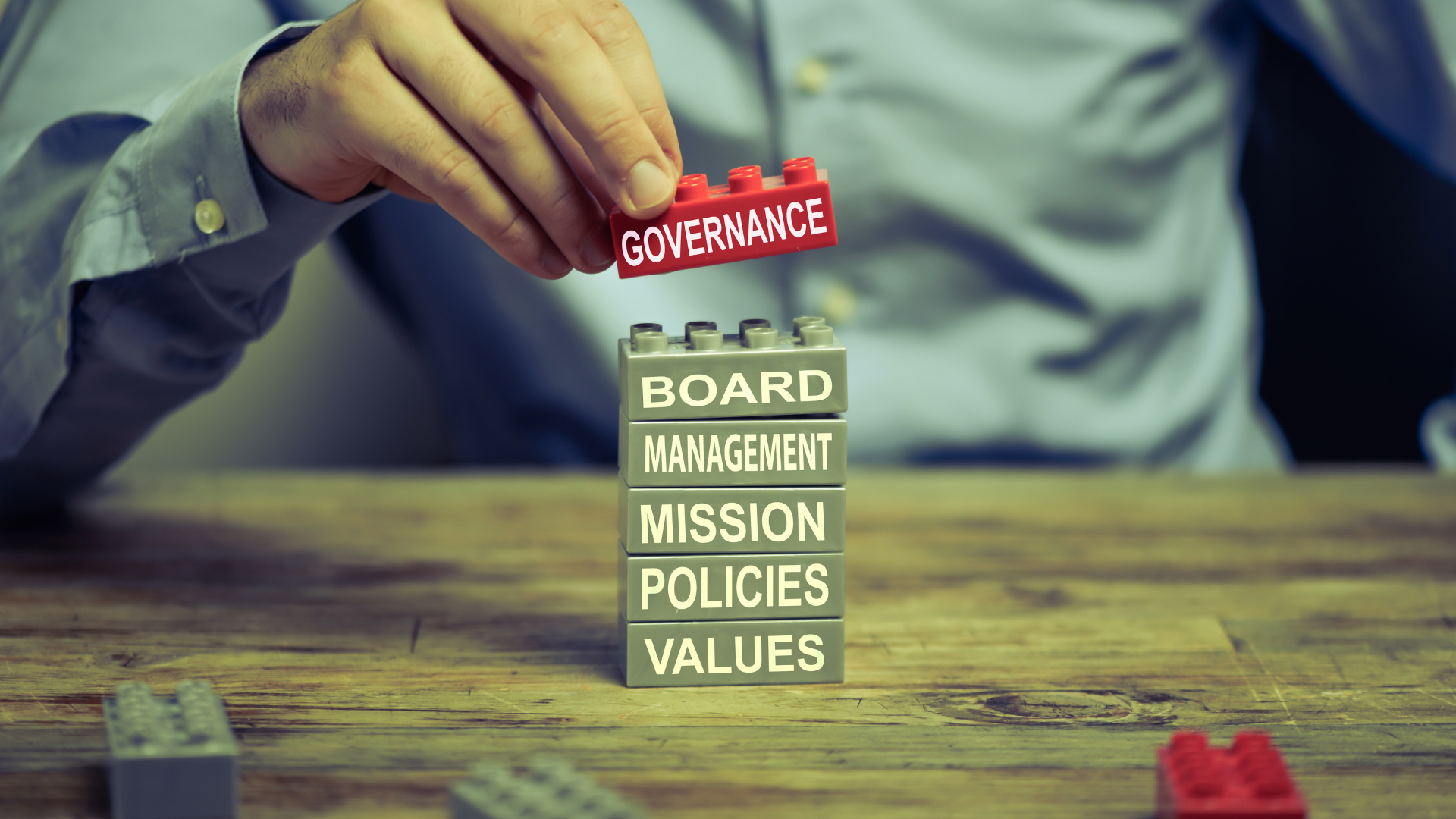The Importance of the licence to operate has never been more critical for organisational reputation and sustainability than it is now in the time of the Covid pandemic.
A credible licence to operate is the outcome of sensitive stakeholder engagement. An organisation with a strong licence to operate is in an enviable strategic position. The organisation can implement its policies assertively, knowing that key stakeholders understand the organisation’s position and are well disposed towards it. This is especially important in today’s multi-connected world, where an aggressive social media campaign in response to a perceived negative action by an organisation can undo many years of patient relationship building. It takes on greater poignancy in now that many organisations have to retrench employees or out them on short time during the Covid epidemic.
https://www.boreal-is.com/blog/what-is-the-licence-to-operate/
Stakeholders have increasingly insisted that organisations, both public and private, produce goods and services complying with international expectations and standards regarding human rights and environmental and climate protection. Downstream communities, regulators and customers and clients want their needs to be taken into account. It is not enough for organisations to be efficiently run. They have to manage their impact on people and the environment. They must do good as well.
Stakeholders are forcing many industries to reconsider how they manage their social footprints, and their public reputation. This in turn affects their commercial viability. They have deliberately had to create and sustain their licences to operate. This licence to operate is the conditional consent given by a kaleidoscope of constituencies, to allow organisations to carry out their activities with a minimum of opposition from local communities and regulatory authorities. This consent is always conditional.
https://thebusinessprofessor.com/stakeholder-theory-of-corporate-governance/
Business strategy has to address social and environmental issues as sustainability rises up in the social and business agenda. Responsible and responsive organisations create intensive sustainability strategies to secure a license to operate. This in turn allows them to maximise the business opportunities and enhance access to resources and new markets presented by modifications to the operating model.
https://www.jutajournals.co.za/inclusive-capitalism-a-new-look-at-value-creation/
Commercial sustainability increasingly depends on having a licence to operate, over and above a good balance sheet and a competent management team. The licence to operate depends on honest, open relationships with stakeholders. It is not about doing the right thing out of paternalistic generosity. It is critical for survival. Organisations which do not take this seriously will go out of business.
This is very difficult to implement in practice. Consider the following hypothetical scenario:
A retail company puts out an advertisement on national media extolling the virtues of a particular product.
An organisation finds the advertisements offensive and mobilises large-scale public action, using social media. Stores are closed. Scuffles ensue.
The retail company backs down, withdraws the advertisement and undertakes various forms of “damage control”.
The consequences are dramatic:
- The company has suffered significant reputational damage.
- The board and management have had decisions thrust upon them, eroding their independence.
- The company has taken expedient decisions to keep its stores open.
- Scapegoats have been found and summarily dealt with.
- The company has severely eroded its licence to operate, and it will take time and money to restore it.
Central to stakeholder engagement is the notion of levels of engagement. The level of engagement is the behavioural approach taken in the engagement relationship. It describes the ‘closeness’ of the relationship with the stakeholder.
The level of engagement should be congruent with the engagement objective, the nature of the relationship, the issues and the context. The table below depicts the various levels of engagement. A relatively unimportant stakeholder might only need to be engaged at the Transact or Consult level. On the other hand a vital stakeholder – a unique supplier, employees or a funder – might have to be engaged with at the Involve or Collaborate level.
| Remain passive | No active communication |
| Monitor | One way – host organisation to stakeholder |
| Advocate | One way – host organisation to stakeholder |
| Transact | Limited two way – setting and monitoring performance |
| Consult | Limited two way – host organisation asks questions, stakeholder provides answers |
| Negotiate | Limited two way – discussion regarding a specific issue to reach consensus |
| Involve | Two way/multi ways – learning on both sides. host organisation and stakeholder act independently |
| Collaborate | Two way/multi way – Joint learning, decision making and actions |
| Empower | New forms of accountability, decisions delegated to stakeholders, stakeholders help shape host organisation’s agendas. |
Forson: From Them to Us – the South African Guide to Stakeholder Engagement. 2018.
The gap between the current and preferred future relationship defines the engagement required. It is relatively simple to improve a relationship by moving up one level, e.g. to move from Consult to Negotiate. On the other hand moving from Consult to Collaborate is a big jump, and will require special effort. The organisation has to assess whether its engagement front line has the skills and insight to do this.
https://youmatter.world/en/definition/stakeholder-engagement-meaning-definition-and-strategies/
What happened in our hypothetical example above is that an entity, which had been completely off the organisation’s stakeholder radar suddenly inserted itself in the governance debate and engaged with the organisation at a Empower level. In essence, the outside entity “empowered” itself to be a major stakeholder. This new stakeholder drove a new narrative of accountability, intruded on decisions normally the exclusive preserve of the board and shaped an entirely new agenda. The board was substantially disempowered in the process. The relationship with other significant stakeholders has been irreparably damaged.
And this is the governance gap.
It presents a challenge to the fiduciary oversight of organisations. As yet, none of the various governance codes from jurisdictions around the world have a solution to this problem. We see these challenges more and more frequently. Some are more successful than others. These challenges present in different forms: climate change, involuntary migration, racism, and many more. The worldwide rise of authoritarian populism may be seen as an attempt to exploit the governance gap in the governance of countries.
Sometimes challengers may have the best interests of society at large on their side; campaigns against plastic waste are an example. And right minded persons welcome activism against backward and recalcitrant management. But some stakeholders may have nefarious goals in mind, with devastating consequences.
There is no magical solution to the governance gap.
But organisations with a well-defined and well executed stakeholder engagement strategy will fare better that those who leave their licence to operate to chance.
Does your stakeholder engagement strategy deal with the governance gap?







